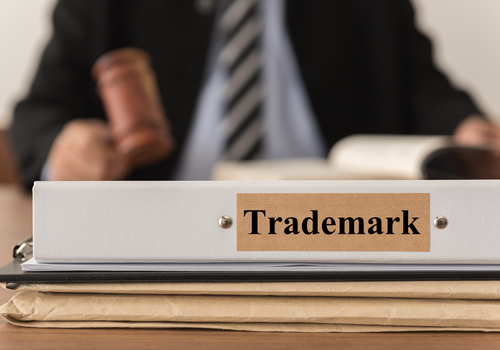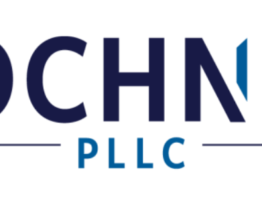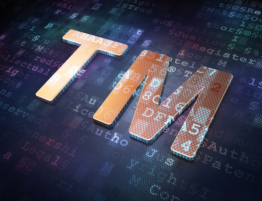
Imagine, you are a successful business owner who has built up a thriving company and created a national brand. Then after all your hard work, another company starts free-riding off the strength of your brand by using your trademark. Having enforced your trademark rights before, you know what injunctive relief and it is used to stop the infringer from using your trademark. But you also know that outcomes and remedies in trademark suits can be unpredictable because of Federal Circuit splits in on something called a “presumption of irreparable harm,” for which there is not an established uniform rule. Because of the unpredictable application of the irreparable harm standard, you now have one more problem that is keeping you up at night. Unfortunately, before the Trademark Modernization act, this was the reality for many trademark owners who sought to prevent infringing users from using their trademarks through the remedy of injunctive relief.
As of December 27, 2020, with signing into law of the Trademark Modernization Act (the “Act”) as part of the Consolidated Appropriations Act, 2021, significant changes have been made to the legal landscape. The Act resolves circuit court split and plaintiffs (Trademark owners seeking to enforce their rights) are now entitled to a rebuttable presumption of irreparable harm upon a showing of trademark infringement. The Act now provides additional enforcement and protection options for trademark owners. The Act’s provision regarding the irreparable harm presumption immediately takes effect and will impact both current and future litigation. Other provisions of the Act regarding third-party evidence and ex parte expungement and reexamination take effect one year after the date of enactment. The Director of the USPTO will also issue regulations regarding shortened office action response times before any such changes can take effect.
What the Trademark Modernization Act Does
The Trademark Modernization Act will make it easier for trademark owners to obtain preliminary injunctions, permanent injunctions, and temporary restraining orders by entitling plaintiffs in Trademark suits to a rebuttable presumption of irreparable harm. The uniform standard that the Act establishes is particularly beneficial for trademark owners are seeking an injunctive remedy against companies that do not directly compete with them. The new standard should also reduce forum shopping that occurs when courts applied different standards for granting relief.
Before the Act was passed, the circuit split came from the U.S. Supreme Court’s 2006 eBay Inc. v. MercExchange LLC decision, that held patent owners were not entitled to a presumption of irreparable harm upon showing patent infringement. Following eBay, the circuits disagreed on the application of the irreparable harm presumption. The split amongst the circuit courts caused confusion and uncertainty amongst lower courts, and as a result, different standards for issuing injunctions developed and applied to different jurisdictions, thus litigants were incentivized to engage in forum shopping.
The Trademark Modernization Act resolves the circuit split by creating a uniform standard for the Court by establishing a presumption that the trademark owner was irreparably harmed when there is a finding of infringement. Act’s provisions make sense and align with the function of Trademark law as a whole. Trademark law functions as a source identifier for the consuming public, who rely upon trademarks as the indicators for where goods and services come from.
One clear benefit of the new standard is that large companies will be able to protect their brand against smaller infringers. Typically, in small cases like these, it is difficult to establish that the particular infringer caused the larger company to lose control over its business, reputation, or goodwill.
Conclusion
In sum, the Act should make enforcing trademark rights easier for mark owners in the following three ways :
- Trademark owners should be able to obtain injunctive relief against infringers more easily
- Litigants will be able to focus on evidence of customer confusion and not have to prove up irreparable harm
- The passing of the act should cut down on form shopping by litigants.
While trademark owners will be glad that the uncertainty will be resolved by the Act, they should know that other factors such as delay in seeking an injunction may make the presumption inapplicable in some circuits. For this reason, trademark owners should always be proactive in protecting their brands.








